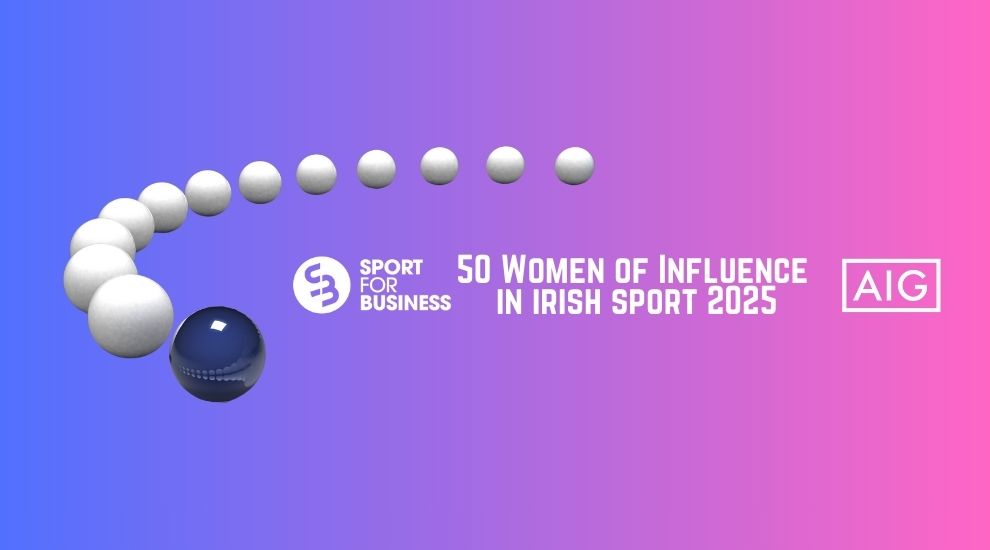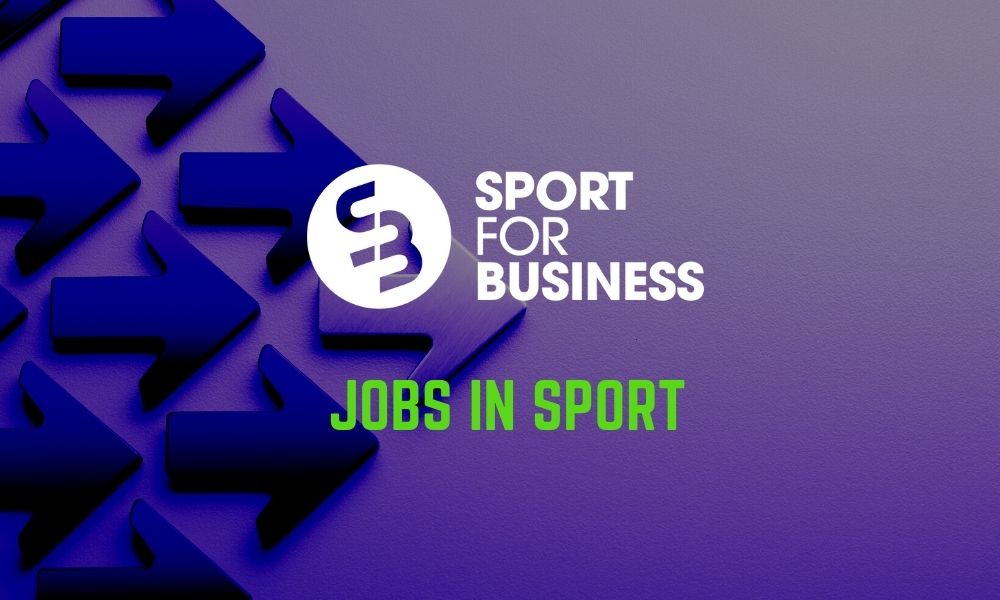Media Matters is a new weekly column on Sport for Business where we will look at the rapidly changing and evolving world of sports media and how it impacts on fans, sponsors and sports. Today we look at last week’s announcement that the English Football League is going down the direct to consumer route for up to 1,500 games…
The rights fees paid to English football are at the upper end of the scale when it comes to income but that could be about to go even higher.
Speaking at Sports pro Live last week English Football League CEO Shaun Harvey revealed that as part of the current discussion around the next rights cycle the 72 clubs that are part of the second, third and fourth tiers of English football will be selling direct to consumers in a classic Over The Top move.
There are 148 games broadcast on Sky Sports and through international partner broadcasters at present. These will remain in future but every other game will be put into a new product called iFollow which will allow fans of particular clubs to watch matches live that were otherwise unavailable.
No pricing model has been finalised yet but with the number of games at 1,500 the numbers will quickly scale up.
If an average of 20,000 fans paid €10 for a game that would amount to additional income of €300 million over the course of a season, or approaching €1 billion over the term of the next rights deal.
That doesn’t take into account the additional benefit that clubs can derive from specific partnerships linked to overseas markets where a team draws on a substantial fan base.
To put this in context it would be about three times the value that clubs get from the current Sky Sports deal but it will be on top of that and won’t affect Sky’s commitment as it will only be for overseas markets.
The model of Direct to Consumer was led by Major League Baseball in the US and followed up closer to home by the GAA and RTE who formed GAAGo as a joint venture to provide access for more games to more overseas markets outside of traditional TV broadcasters.
The opportunity to deal direct, and to control the output is one which demands a lot of rights holders but the ability to do so is now firmly established and the likelihood is that it will grow at as fast a pace as the traditional model.
Being part of a national conversation remains important so national broadcasters like RTÉ will still have an important role. They drive interest and engagement through their mass market penetration but there is limited bandwidth to expand coverage given timetables and alternative content pressure.
eir Sport has run simultaneous broadcasts of GAA matches through the Allianz Leagues but the ability to broadcast every inter county game and then more moves things to another level again.
By sticking to international markets rights holders are protecting the larger lump sum payments in domestic broadcasting and that breadth of coverage beyond the most committed fan but in future the lure of having millions of individual customers with who you have a direct relationship becomes very compelling.
Last week’s news from England makes the clock tick a little faster.
Join members of the Sport for Business Community on Wednesday 14th June when we will be taking a close look at the ways in which the changing media landscape will affect Irish sport and those who back it in years to come.
Let us know if you are interested in advance of our launching this event and let’s talk…
[contact-form-7 id=”24587″ title=”Sport for Business Sports Content Event”]



























